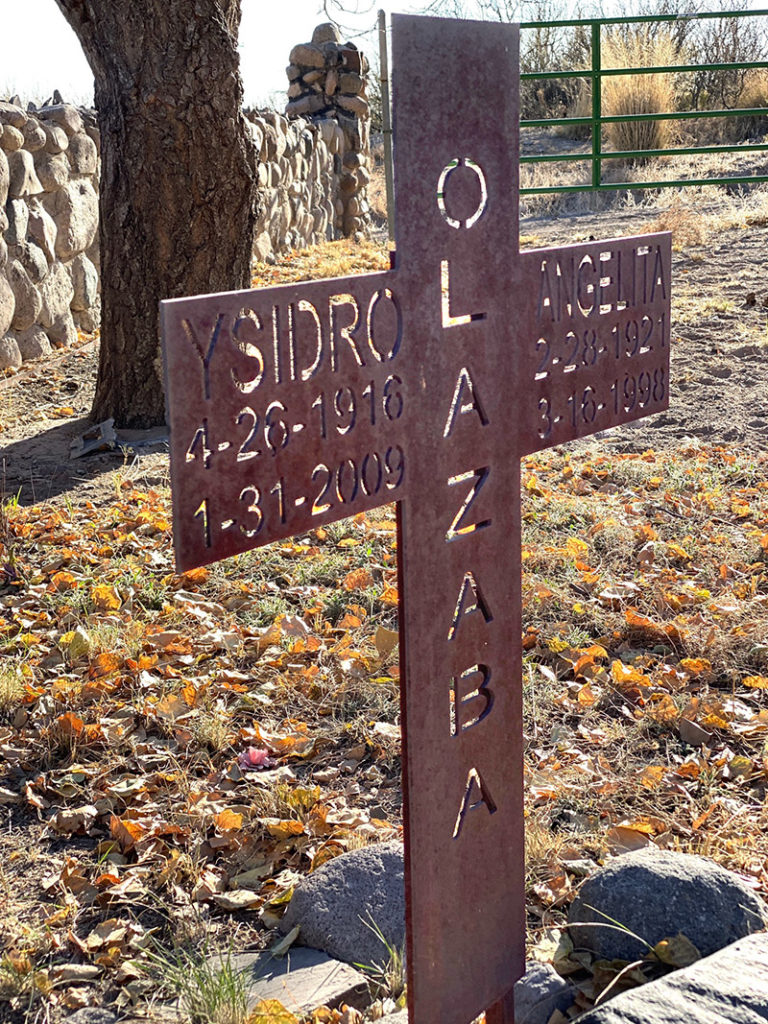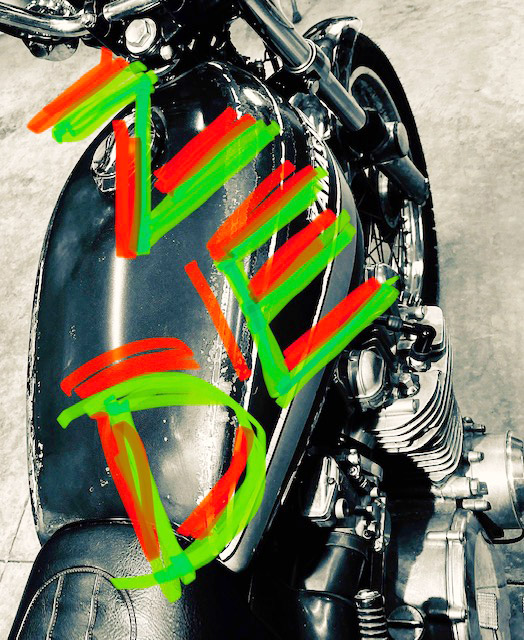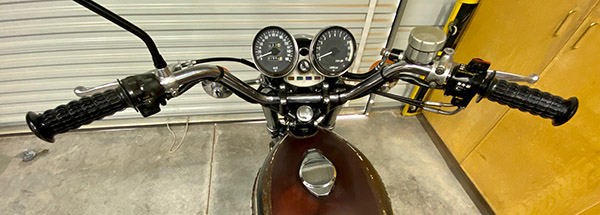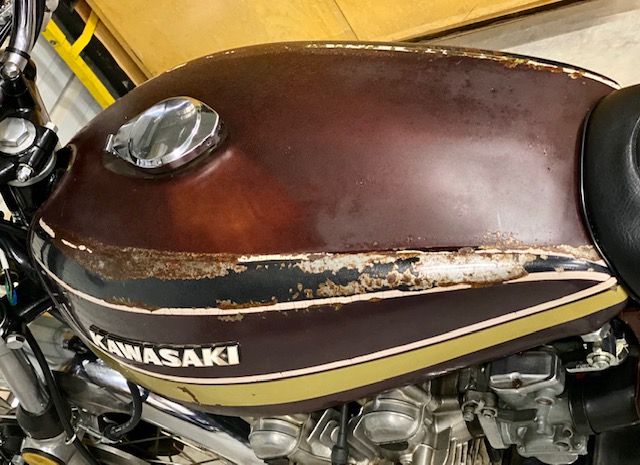By Joe Gresh
I like to think of myself as handy with a wrench. I try to fix most things even if I have no clue and oftentimes succeed. This Kawasaki 900 though, this Zed has been giving me fits. It almost makes me question my do-it-yourself mantra. Almost…
After initially getting Zed running a few years ago I enjoyed 4000 relatively trouble-ree miles. Zed had a slight hitch in its giddy-up right off idle but otherwise it ran fine. Then the bike started fouling spark plugs and missing. Occasionally gasoline would pour out the carb overflow tubes and a sharp rap with a screwdriver handle was needed to stop the flow.
So my first line of attack was the float needles because they were original and came out of corroded carbs. I went online and bought some cheap carb kits that included needles and seats.

On a 1975 Z1 Kawasaki the carbs sit up high off the engine block so you can do a lot of tinkering without removing the carb bank. I changed all the needles and set the float height using the clear tube tool that screws into the carb bowl drain.

This didn’t really cure anything. Plugs were still fouling. I started to suspect an ignition problem. After messing with the points and several test runs I was getting nowhere so I purchased a new, aftermarket ignition system. They’re cheap, like $90 or so.
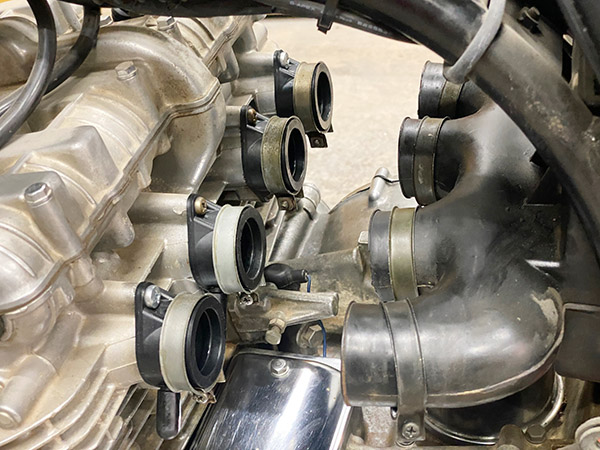
The new system came complete with new coils and wires. This was nice as the old coils were butchered by the previous owner. I installed the new ignition system and the bike still ran terrible and fouled plugs.
I rechecked the aftermarket floats and upon examination I found the needle seats miss-punched with what looked like lettering for the needle size. This caused a wrinkle in the exact spot the needle needed to seat.

Next, I bought new Mikuni needles and seats. I put the Mikuni stuff in and re-set the float levels. The bike ran like crap and foiled the plugs. At least I knew the ignition system was ok.
I was at my limit of understanding, my attention went back to the carburetors. I pulled the carbs, dismantled them and cleaned everything.

I bought another, more expensive carb kit and new Mikuni enrichener plungers. The carbs were in a million pieces on my bench and I lost interest. Other things were happening, concrete need pouring and the carbs gathered dust for two years.
A few months ago I decided to get Zed running for the Motorado vintage motorcycle show up in Santa Fe, New Mexico. Buckling down, I reassembled the carbs and using new rubber manifolds (the others had dry rotted in only a few years!) I slid the carbs back into Zed and the bike ran like crap, still fouling plugs.

I took the carbs off the bike and went through them again making sure everything was spotless. And the bike ran like crap. Again, I took the carbs apart racking my brain over the flooding issue. And the bike ran like crap. I changed jets, I changed float heights, I swapped pilot air jets, I swapped emulsion tubes. The third time I took the carbs apart and triple checked everything the bike still ran terrible.
I was in the weeds bad-like and decided to think hard on the situation. I told myself that carbs aren’t all that complicated and that even if I didn’t get them perfect it should still run. And that the bike ran fine for 4000 miles with those carbs. That was when I decided to go back to the new ignition system.
One of the new points had a whitish coating. I thought maybe the bike sat so long the points corroded. Then inspiration hit me: the condensers! I checked the condensers with an ohm meter and found one of the two condensers bad.

I had started with one problem: fouling plugs and by using aftermarket needles I installed a worse set of needles. By removing the original ignition system I installed an entirely new problem with the bad condenser.
These two errors were compounded by my inability to believe that the new parts were bad out of the box so I kept rebuilding the carbs over and over.
The condensers on the old ignition system tested ok and I swapped them into the new plate. And the bike ran. Not perfectly because I had all the jets wrong in my attempts to make the bike run.
I walked the carbs back to their original settings. First the old slide needles and emulsion tubes went back in. Then the main jets, then the pilot jets until finally everything was back to where I started from two years ago.
Zed was running pretty good so I took a little 300 mile test loop. No fouled plugs. Stupid hurts and I was so damn stupid chasing gremlins that I was creating even as I was installing new gremlins.
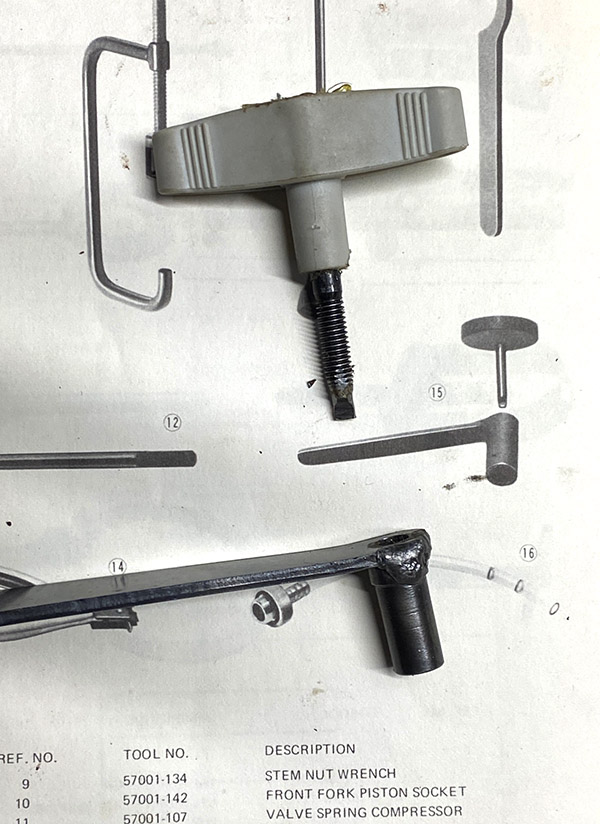

Next up is a good carb sync and since parts are so crappy now I will try an electronic ignition system just for fun because I haven’t screwed things up enough yet. Stay tuned.

Want to follow the initial resurrection of Zed? It’s right here!
Join our Facebook ExNotes page!
Never miss an ExNotes blog:
















